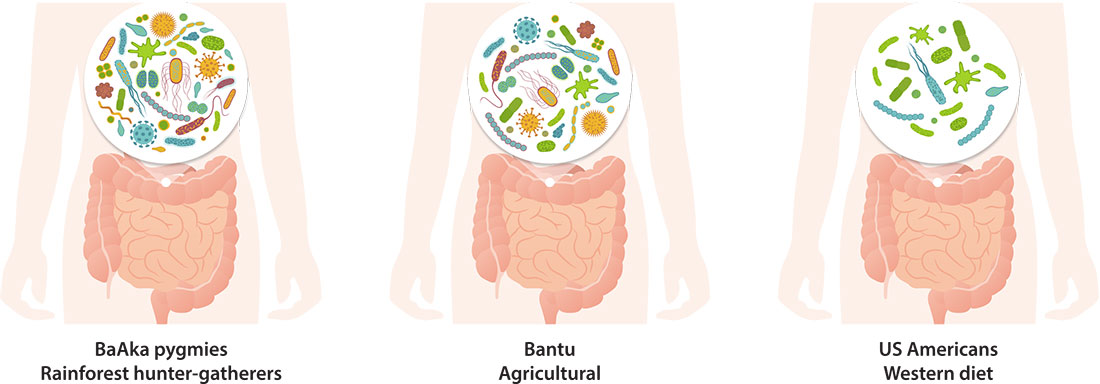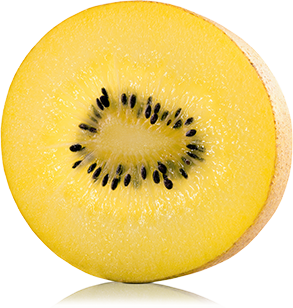The importance of diversity in the gut microbiome
Did you know that humans contain trillions of microbes (microorganisms) in and on the body? This includes some 1000 different bacterial species and means that we contain about 10-fold more microbes than human cells.
These microbes are collectively referred to as “microbiota”, or alternatively as the “microbiome” when their genes are also considered. The vast majority (approx. 95%) of these microbes are located in the gut and they weigh about 2 kg. The types of microbes differ depending on their location in or on the body and everyone’s microbiome is unique, like a fingerprint.
The human gastrointestinal tract hosts one of the most complex ecosystems, the gut microbiome, and it is key to maintaining homeostasis/balance of a healthy individual.
In order to do this, a diverse gut microbiome is required.

When we talk about diversity, there are two types that are commonly measured, and these are known as alpha and beta diversity.
- Alpha diversity is the diversity within a habitat, for example, the number and types of gut bacteria that a particular person has. Ideally a person will have high alpha diversity within their gut, so a good range of different types of microbes within their gut.
- Beta diversity is the diversity between This is important when comparing the gut microbiomes of people with different genetics and/or dietary habits to see how different/similar they are.
The concept of alpha and beta diversity is nicely depicted by the microbiomes of the BaAka pygmies and Bantu people of Africa compared to that of US Americans.
Firstly, if we look at them individually, the BaAka pygmies and Bantu people have a high level of alpha diversity, with many different bacterial species in their guts. US Americans however have low alpha diversity, typically hosting fewer types of bacterial species.
When we compare the groups, the BaAka pygmies and Bantu have low beta diversity between them, in other words, their microbiomes are similar – these two peoples live in a similar location and are exposed to similar diets, but there are some differences and this is likely due to diet (the pygmies are hunter-gatherers, whereas the Bantu have access to agricultural food).
Compared to the US Americans with their Western diet (which is high in processed foods and low in dietary fibre from fruit and vegetables), there is high beta diversity between the groups.
But why is diversity important? The microbes in the gut conduct various important functions, including:
- the production of essential nutrients, such as vitamins and amino acids;
- metabolism of indigestible food compounds;
- protection against pathogen colonisation;
- Protection against injury to the epithelium lining the gastrointestinal tract; and,
- influence over central physiological functions such as the development and training of the immune system, angiogenesis (blood vessel formation) and fat storage.
Different bacteria produce different enzymes and byproducts which have different roles in the body, so we need a good range of bacteria to ensure good coverage of these functions. A diverse microbiota is also more adaptable and resistant to being upset by antibiotics, pathogens or other invaders.
The best way to nourish a diverse gut microbiome is to feed it with a variety of complex dietary fibre, such as that found in grains, nuts, vegetables and fruit. Fruit products, such as Livaux from whole gold kiwifruit, contains complex dietary fibre and other essential nutrients which help the gut microbiome to thrive.







